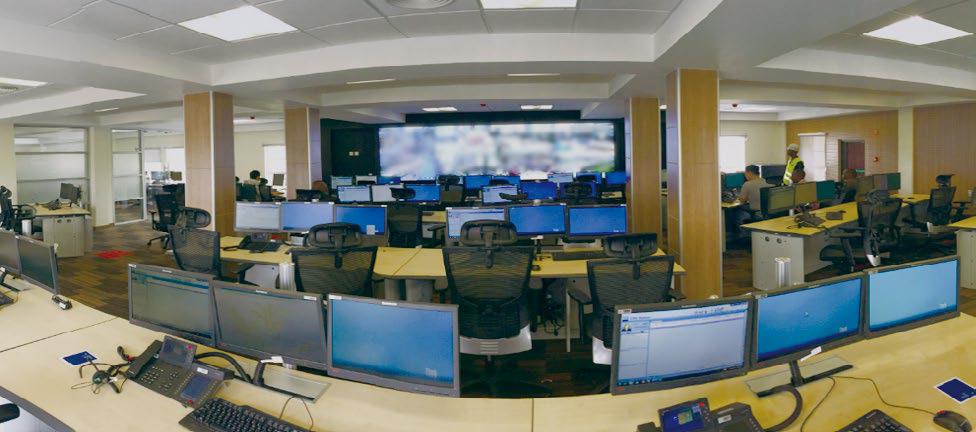Safaricom:Enhancing Security in Kenya with Huawei’s Converged Command & Control Solution
This site uses cookies. By continuing to browse the site you are agreeing to our use of cookies. Read our privacy policy>
![]()
Enterprise products, solutions & services
From picturesque landscapes to exotic wildlife, the Kenyan government began to capitalize on its unique natural resources in the 1970s, over time establishing 65 wildlife conservation parks, accounting for 11% of Kenya’s territory. These conservation efforts have yielded not just environmental benefits, but also economic ones, with tourism becoming a pillar industry for the country.

Yet, like any country, Kenya still faces safety and security challenges, including traffic accidents, crime, and acts of terror. Even security issues that seem trivial at first can have unanticipated and widespread effects that can have a major impact on the economy.
The Kenyan government sees Information and Communications Technology (ICT) as an effective way to reinforce security management in cities across the country. Huawei partnered with Safaricom — a leading mobile network operator in Kenya — to study the legacy security management systems in place, and discovered multiple issues of concern.
The existing Terrestrial Trunked Radio (TETRA) system deployed in the capital city of Nairobi and elsewhere only supported narrowband voice and messaging services, lacking both video and broadband data capabilities. In the event of an emergency, the command center could not efficiently communicate with field officers, government agencies could not effectively collaborate with each other, and managers lacked critical information to make the best possible decisions.
Together with Safaricom, Huawei customized Computer Aided Dispatch (CAD), Geographic Information System (GIS), incident handling communications, telepresence, and broadband trunking solutions, to address shortcomings present in system previously used. With extensive system integration, these solutions significantly improved both emergency response efficiency and cross-departmental collaboration capabilities, involving the police, healthcare, firefighting, and civil administration departments, among others.
To improve incident processing efficiency, the solution deployed more than a hundred agents in the command center, integrating GIS and incident processing systems. When an incoming call is received, the call location is displayed on the GIS map along with nearby resources, such as community police, traffic police, fire brigade, and healthcare personnel. The converged communications system effectively boosts cross-departmental collaboration, communications, and dispatching efficiency by supporting voice communications. For major incidents, videoconferencing is an absolute necessity. Here, Huawei's High Definition (HD) telepresence system uses standard communications interfaces to seamlessly interconnect with common terminals, increasing remote consulting efficiency and improving the overall experience.
Huawei also provided more than 7000 eLTE handheld terminals to the Kenyan police force. In an emergency, field officers in Nairobi can simply press a button on their handheld trunking terminals to upload HD videos recorded on-site, to large screens in the command center. The command center then forwards the videos to trunking terminals in police vehicles, realizing visual command and collaboration across the command center, field officers, and police vehicles.

The visual, converged command center has shortened the average response time from 30 minutes to just 8. The new system supports visual command and dispatch, accelerating critical communications to reduce loss of property and indeed lives.
Since the system’s deployment, multiple major events have been held without any security incidents, for example the visit of Pope Francis to Kenya in November 2015. The project has become a benchmark in Africa, and 10,000 people have been trained in its operations.